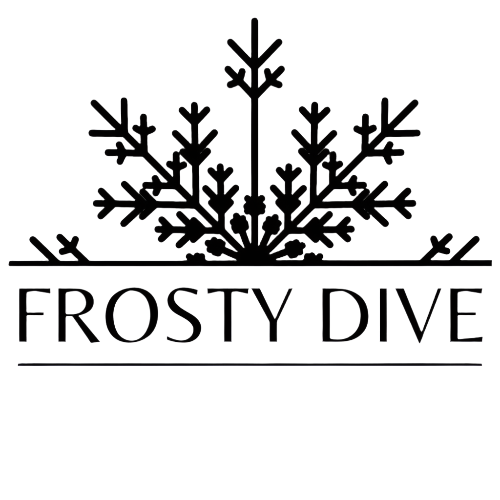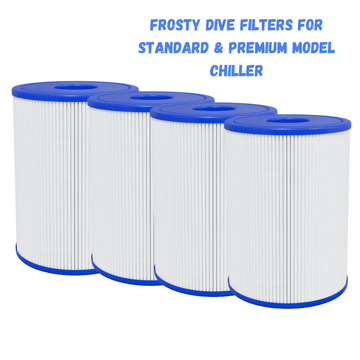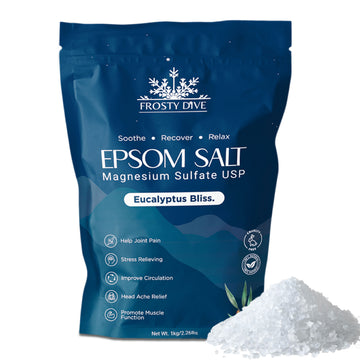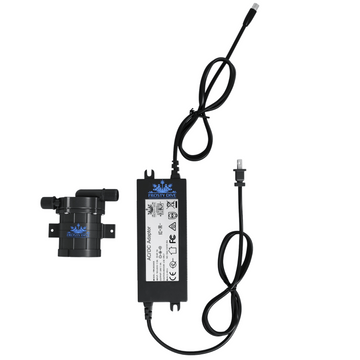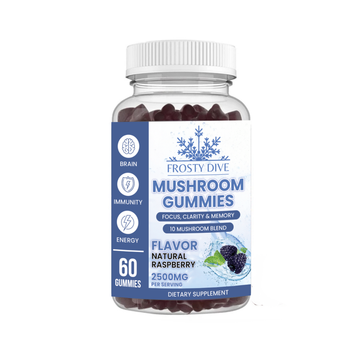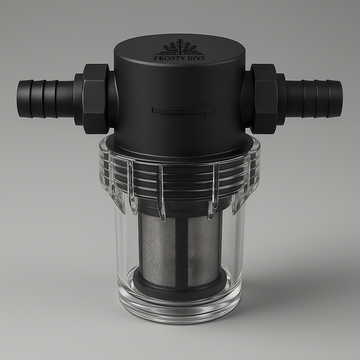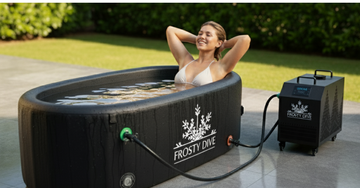Cold plunge therapy, involving immersion in cold water, has gained popularity for its health benefits, including reduced muscle soreness and improved recovery. Maintaining the right water temperature is crucial for effective therapy. This is where a cold plunge chiller comes into play. A cold plunge chiller is a device designed to cool water to desired temperatures, ensuring consistent and optimal conditions for therapy sessions.
Consistent Temperature Control for Enhanced Therapeutic Benefits
Consistency in water temperature is vital for maximizing the benefits of cold plunge therapy. Fluctuations can diminish the effectiveness of the treatment. A cold plunge chiller maintains the water at a steady, precise temperature, allowing users to experience the full range of therapeutic advantages. This consistent environment can lead to better outcomes in muscle recovery and overall well-being.
Convenience of Not Relying on Ice for Cooling
Traditional methods of cooling plunge pools often involve adding ice manually, which can be cumbersome and inconsistent. A cold plunge chiller eliminates the need for ice, providing a hassle-free experience. Users can set their desired temperature, and the chiller maintains it without constant monitoring or additional effort. This convenience makes regular cold plunge therapy more accessible and enjoyable.
Cost-Effectiveness Over Time Compared to Traditional Methods
While the initial investment in a cold plunge chiller may seem significant, it proves cost-effective over time. The ongoing expense of purchasing ice adds up, and the time spent managing ice baths can be considerable. A chiller reduces these recurring costs and saves time, making it a financially sound choice for regular users of cold plunge therapy.
Conclusion
Investing in a cold plunge chiller offers numerous benefits, including consistent temperature control, enhanced convenience, and long-term cost savings. These advantages contribute to more effective and enjoyable cold plunge therapy sessions, supporting better health and recovery outcomes.

Nyheter
